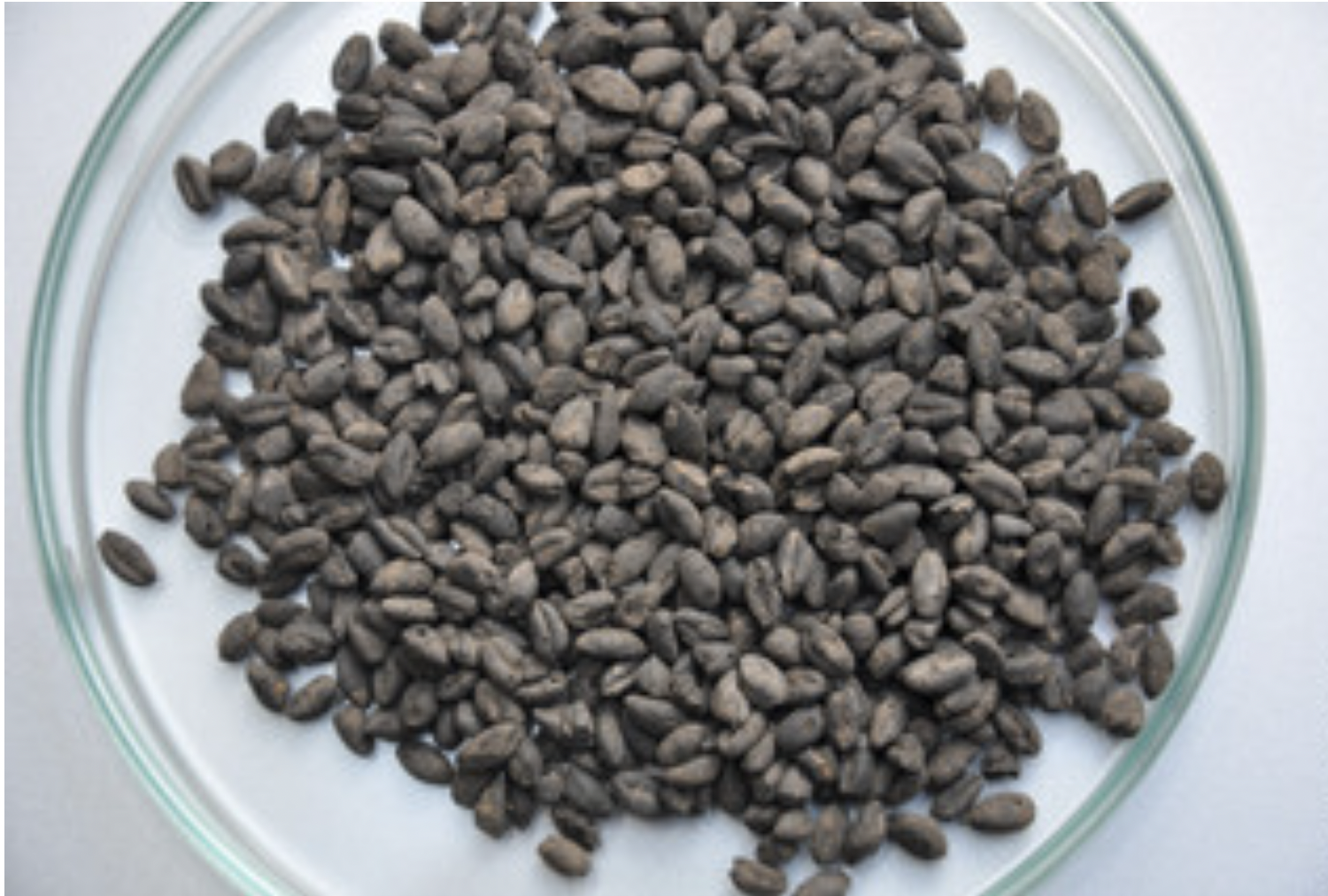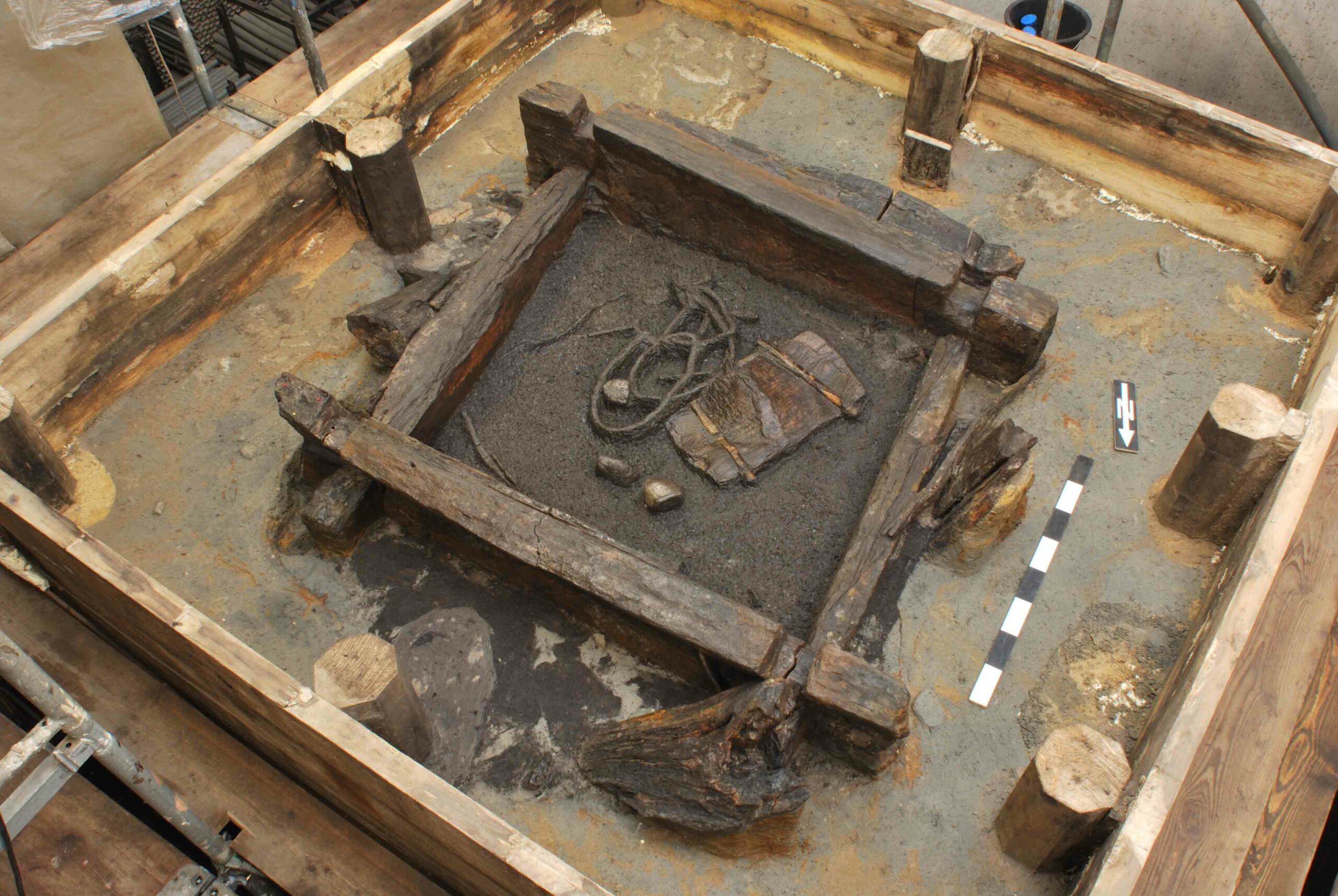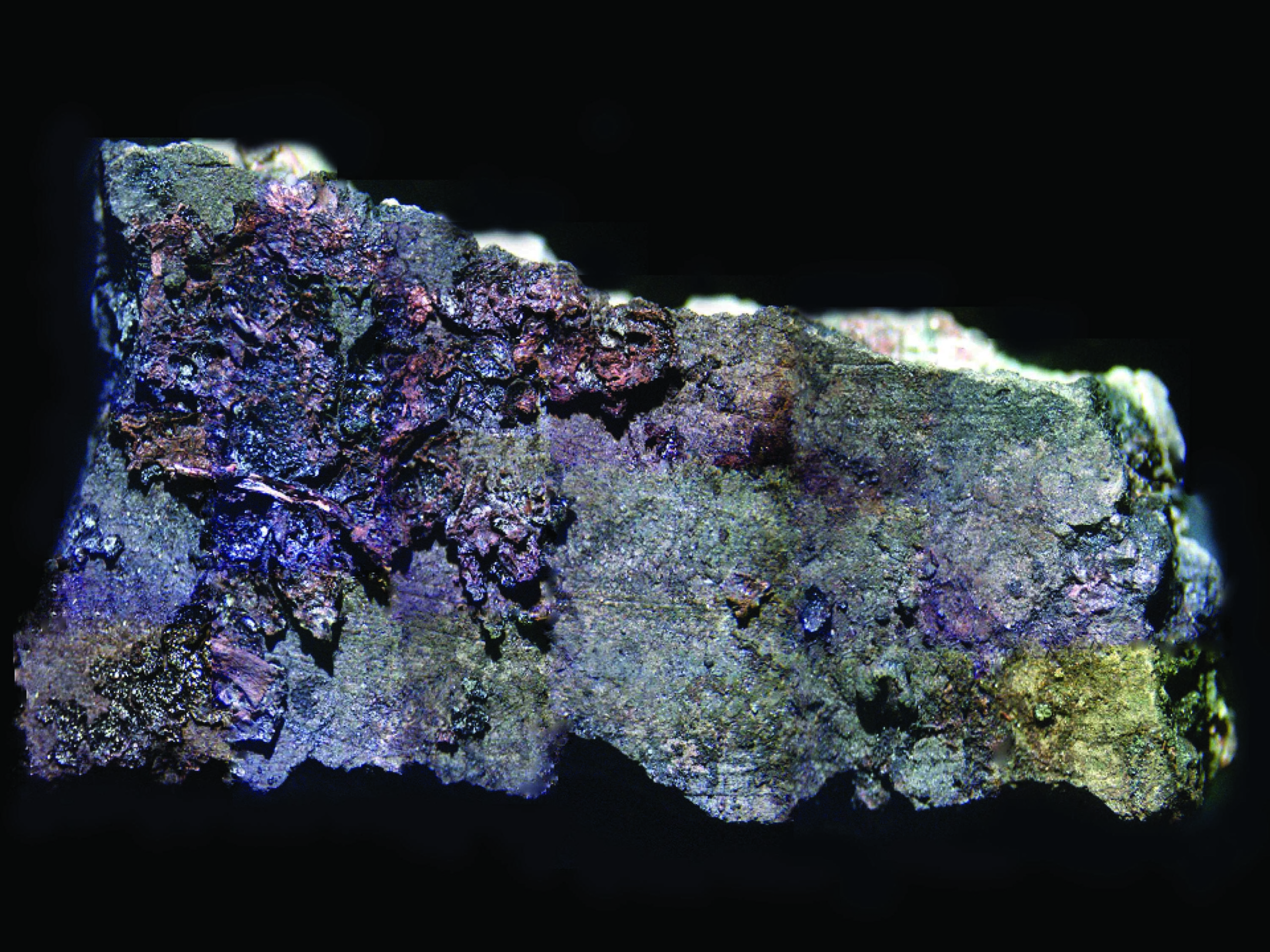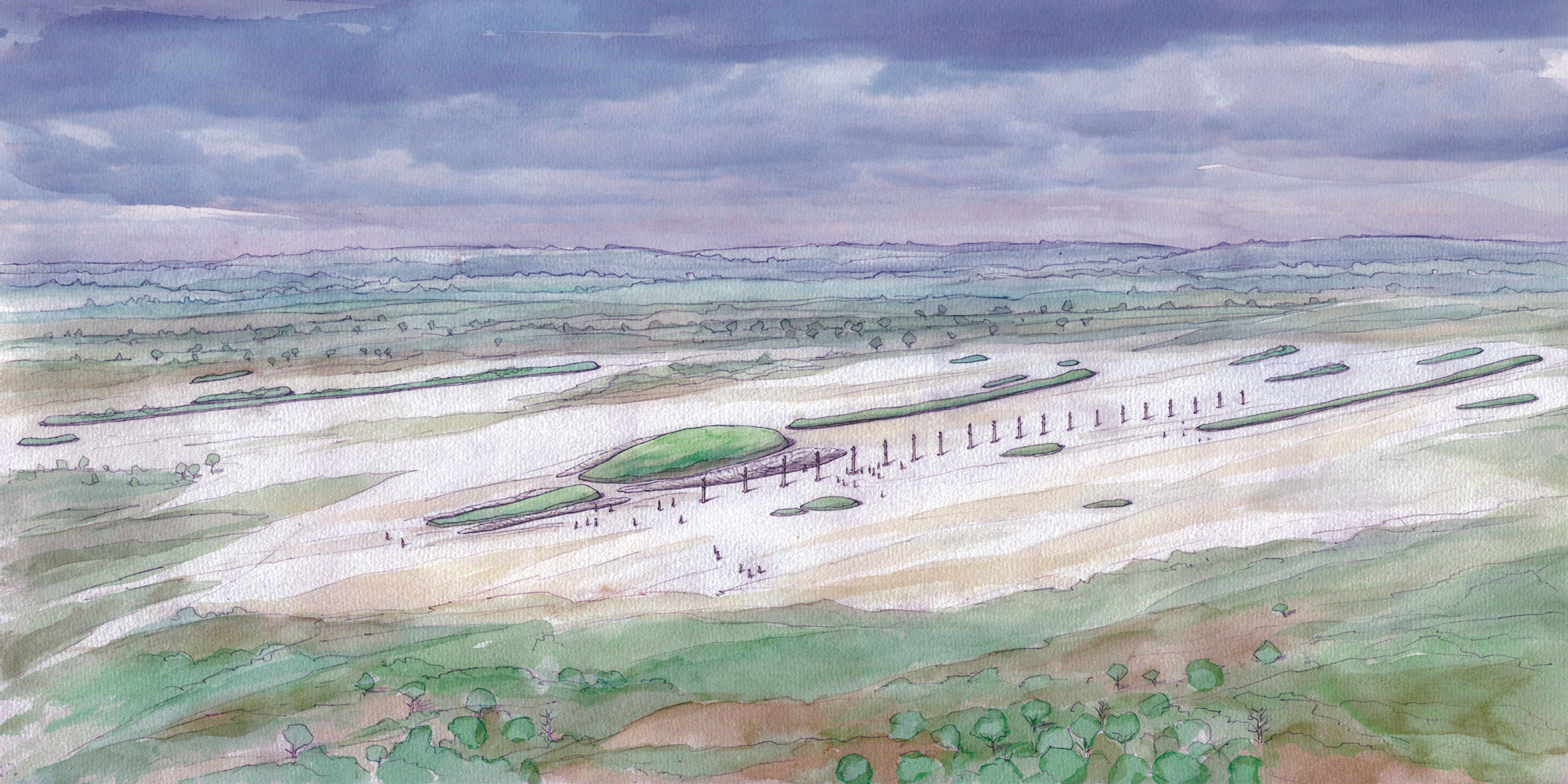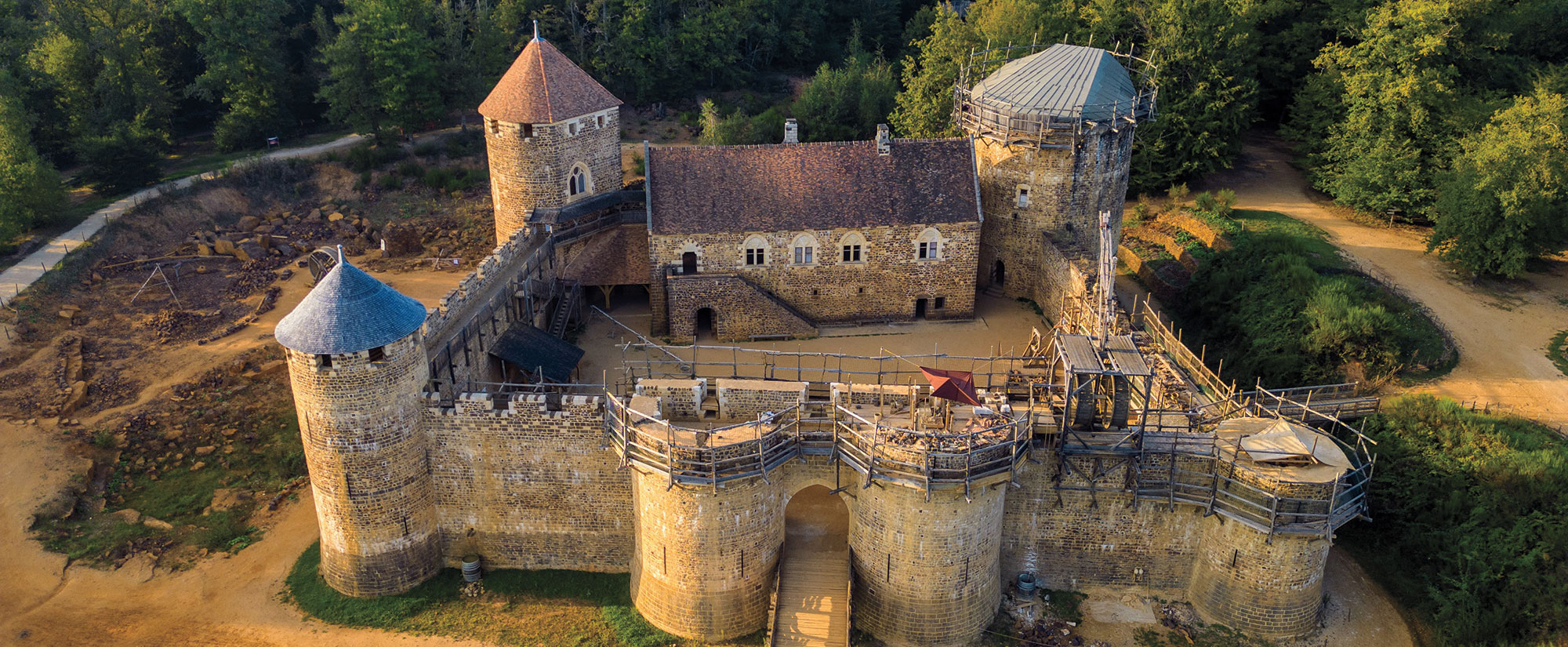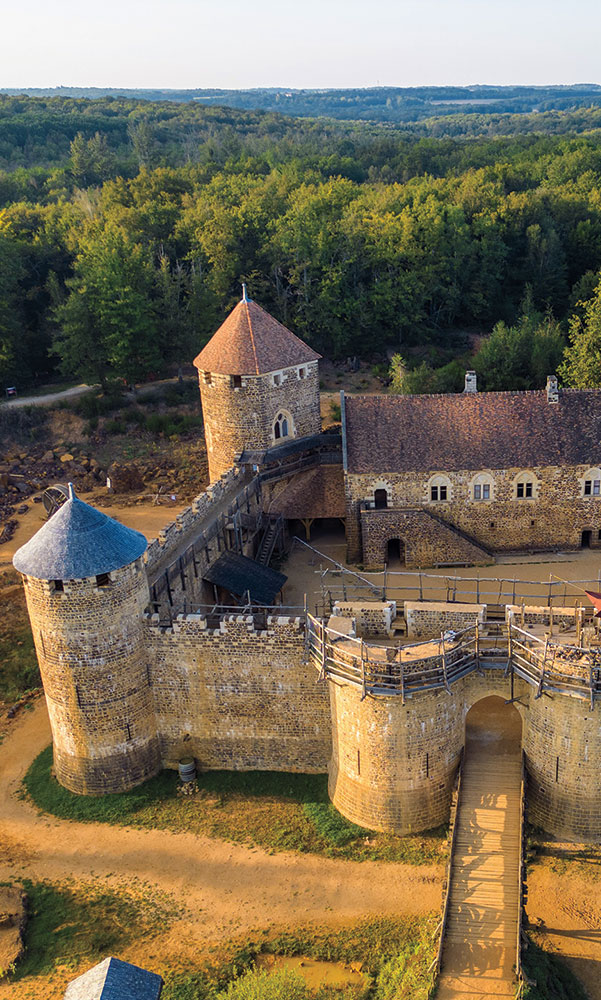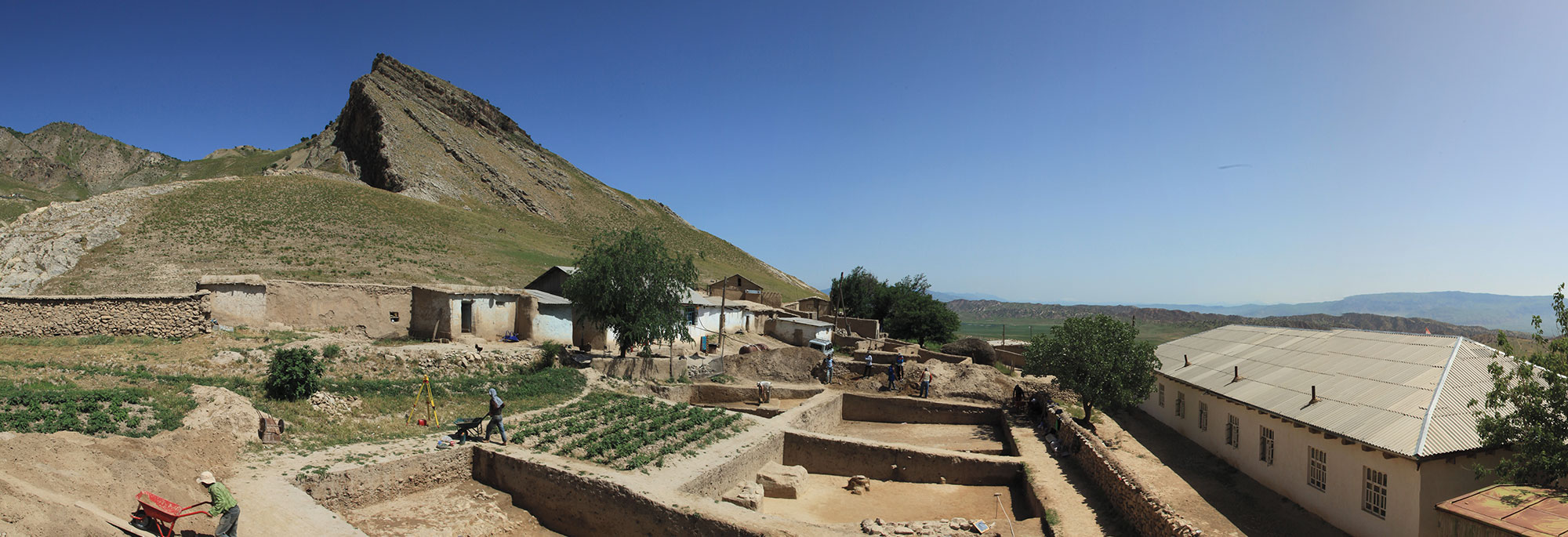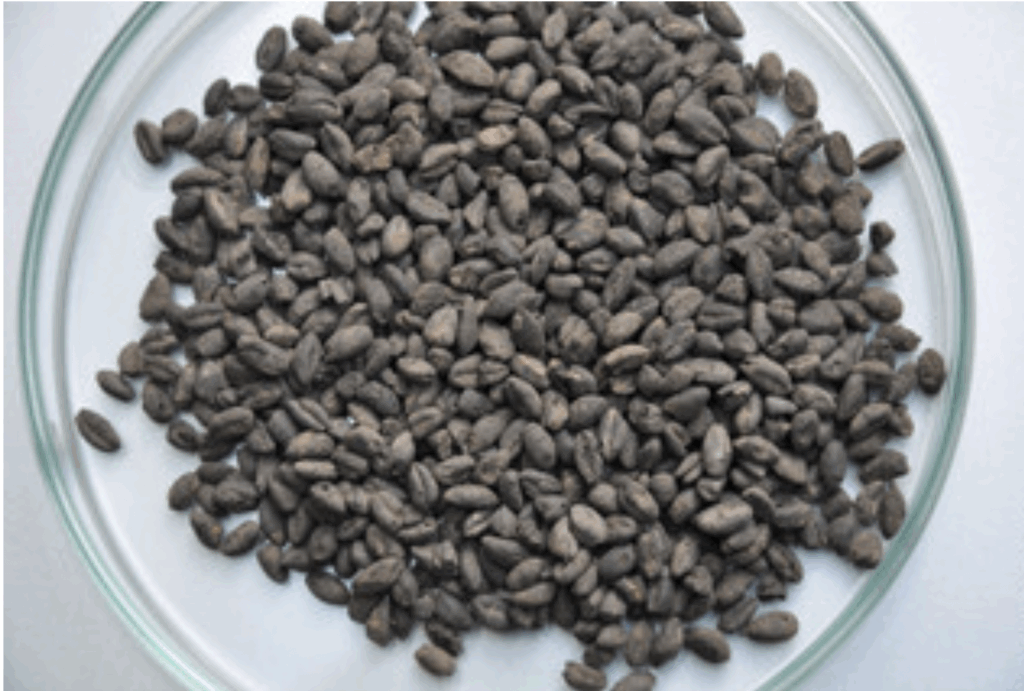
COLOGNE, GERMANY—According to a statement released by the University of Cologne, a new study of grains grown by Neolithic farmers who lived in what is now Germany suggests that they diversified their crops more quickly than previously thought. Between 5400 and 4900 B.C., central Europe’s first farmers grew emmer and einkorn. The outer husks of these grains must be removed before the grain can be processed. “Naked” grains, which do not have an outer hull, were introduced between about 4900 and 4500 B.C. Analysis of charred grains from 72 sites in Germany, dated to between the late sixth and early fourth millennia B.C., indicates that the “naked” grains were adopted quickly. “The integration of new types of grain made agriculture more resilient and flexible,” said team leader Silviane Scharl of the University of Cologne. “It enabled not only the cultivation of winter crops, but also summer crops and the potential use of a greater variety of soils, as well as a possible reduction in labor,” she explained. The study further suggests that after about 4350 B.C., the diversity of Neolithic crops declined, perhaps because cattle farming was on the rise. Read the original scholarly article about this research in Journal of Archaeological Science. To read about grain silos at the ancient Hittite capital of Hattusha, go to "Ancient Tax Time: Royal Food Fund."


